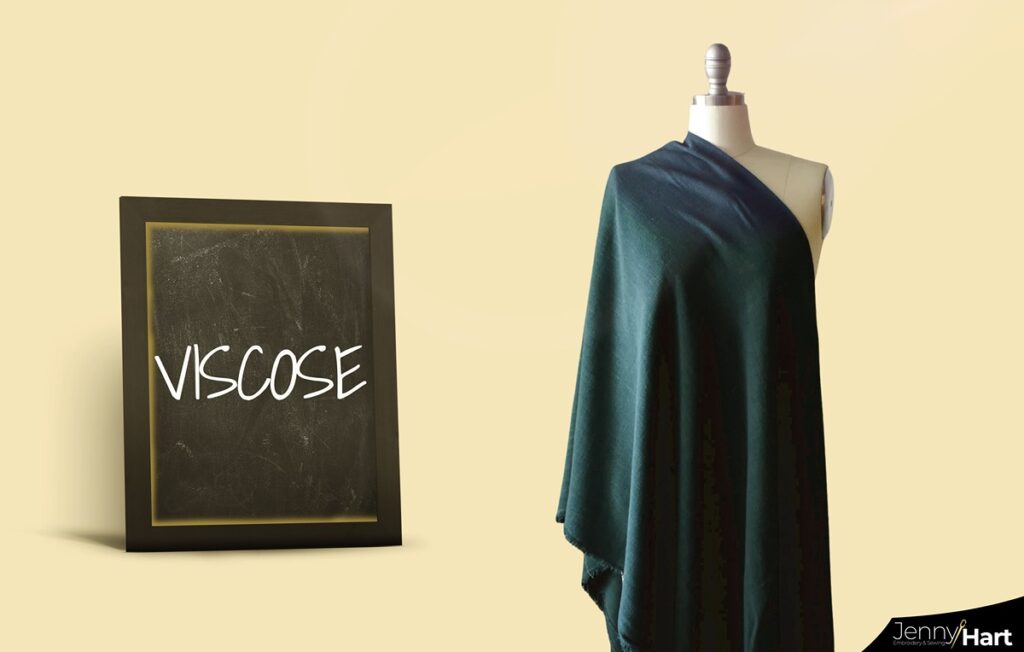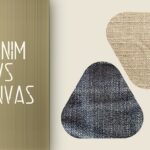It is more than common to think that rayon and viscose are two completely different fabrics. While we can argue that they indeed are they also have some parallels. To answer a question like “Rayon vs Viscose” we must first comprehend the differences between these two elements to then understand the parallels that they have.
The artificially created material known as rayon branches out into categories and in these categories, we find viscose. Now this does not mean that viscose is just rayon but with a different name otherwise, this article would be extremely brief and to the point. We can classify viscose as a product of rayon, a sort of rayon derivative, with its own set of advantages and disadvantages.
Key Takeaways
- Viscose is a child of rayon, but they are not identical to one another.
- Washing is a similar process to both but drying is easier with viscose.
- The durability is higher with viscose than with rayon. As a softer material viscose responds better to stretching.
- Rayon is slightly less expensive than viscose to produce and buy.
- In production, viscose releases more harmful chemicals into the atmosphere.
Rayon vs. Viscose: Comparison
Rayon Fabric

Rayon is a man-made product that was first introduced to the market in the late 1800s as a silk substitute. Being soft and light to the touch it started to be used in everything it could from clothing articles to home furnishing.
Today, several sorts of rayon are used for a wide variety of purposes. The more known variations are viscose rayon, modal, and lyocell. When manufacturing rayon fabric is firstly made from bamboo rayon fibers. Modern rayon on the other hand is made from naturally spun fibers like flax, silk, cotton, etc. The original technique is still used today to make rayon from bamboo. Unlike natural fabrics, rayon can be manufactured at high volumes. This allows manufacturers to produce goods quickly at extremely lower costs.
Rayon fabrics, like every other textile fabric, do come with their drawbacks though like their lack of elasticity or maintenance struggles. Does this lead to the question does viscose overcome rayon’s disadvantages in any way?
Viscose Fabric

The creation of viscose was for the same reason as that of rayons. A silk-like material that is produced for half the cost. On its own, viscose is soft, smooth, light, and very comfortable but it stiffens and hardens when woven. It is ideal to use as a substitute for silk.
Viscose is made from the wood pulp of trees such as pine and eucalyptus, but you can sometimes also find viscose fibers generated from bamboo. Of course, to reach the point of feeling like silk it goes through a lot of different chemical processes before it gets spun into the viscose we use.
Enough of the history lessons about these two well-made fabrics we will be continuing to compare them in three main categories: fabric care, economic efficiency, and environmental friendliness. The purpose for having these three specific categories is since rayon and viscose have almost identical positive traits, making deciding between them almost impossible if you are unaware of their bad aspects.
Fabric Care
Some people consider the maintenance methods for the materials rayon and viscose as tedious. Indeed, they are not the easiest to take care of, but they also aren’t the hardest.
To begin, you should always read the care label that comes with the piece to understand what the manufacturers intended for you as a buyer. Following that, you should be aware that rayon fibers are prone to heat damage. This applies to viscose threads as well.
Rayon articles of clothing must always be washed with cold water and in the coldest setting possible. The same requirements are needed for viscose with the slight difference that it should be put on the slowest speed too. You should note that the fragility these both have towards heat might cause them to bleed onto other garments too, this is the strands’ fault and not necessarily the materials themselves.
Drying textiles made from rayon or viscose will also demand turning away from heat. They should be air-dried. Viscose has an upper hand in drying though since it is not sensitive to sunlight and can be easily turned inside out and hung up outside to dry. Sadly, rayon should not be present in direct sunlight when drying because it may shrink.
Generally, these two fabrics are both made to be durable, but they possess a huge weakness against water. When wet they weaken and are prone to tearing. This is because the moistness of water acts as a lubricant to the threads allowing them to rip apart. Again, this is the threads doing and responsibility does not land on the fabrics themselves.
Your choice in fabric depends on your personal preferences of course but viscose is the better choice when you’re looking for a garment that lasts longer on its own. Usually, because it is softer the fibers that make them do not stretch much and you always have the positive of being able to dry it outside without worry.
Economic Efficiency
A natural factor that comes into play when choosing between rayon and viscose is the cost of it. This includes the cost to manufacture it and the cost of being the customer. Is it all worthwhile in the end?
The softness that viscose is recognized for comes at an expense. Producing it costs more than basic rayon because it goes through more laboratory transitions until it arrives at its final form. Each stage of production adds expense as well as an absence of supervision which may have an impact on the overall quality of the finished product. This, of course, means that the finished product will be more expensive than rayon.
Rayon may not be as loved as viscose for its softness, but it compensates for this with the inexpensiveness of production and purchase. It is much more cost-effective for the quality it offers, making it more valuable to consumers.
Taking these points into consideration rayon is more cost-effective than viscose. Given the quality, they both are recognized for choosing rayon as a buyer is a wiser investment if of course expenses are in question.
Environmental Friendliness
Rayon and viscose are both made of plant fibers. This means that they are degradable in the environment not causing any harm when thrown away. I regret to inform you that this is not the whole story and that viscose especially harms the atmosphere differently.
Viscose requires more chemicals to be produced and as a result, the chemicals released into the environment are not effectively dealt with hence making it dangerous and harmful. Rayon is a little softer towards mother nature being manufactured longer than its viscose counterpart companies have gotten a better handle on it.
For a clearer conscious rayon is your choice but if the environmental point of view does not disturb your viscose is an option as well.
Final Thoughts
Trying to decide the dilemma “Rayon vs Viscose” is not easy. In the end, it all depends on you as an individual. Both silk-like materials have advantages and drawbacks, but if the three main points described so far in this article resonate with you, rayon is the choice.
Viscose is still a good option, but please don’t get it twisted: you shouldn’t avoid anything that has the label “viscose” on it. When compared, Rayon just offers more advantages than disadvantages.
Further Reading
If you liked what you read so far, you can carry on and read about rayon vs polyester or how rayon compares to cotton. There’s also a blog on removing iron on letters; another two would do linen wrinkle or polyester wrinkle.
Enjoy.
Sewing is definitely one of my biggest hobbies. I’ve been doing it since i was young, thanks to my mother. I specialize in sewing, and that’s what i mostly write about.



